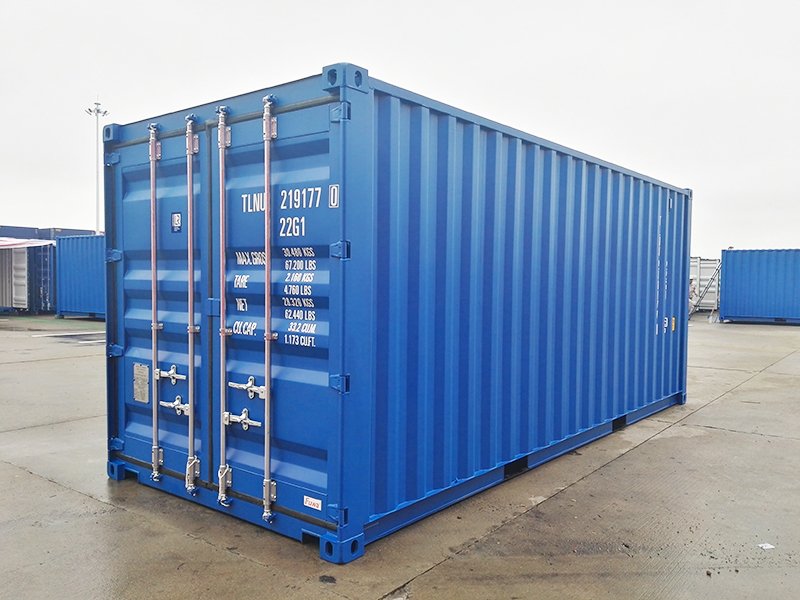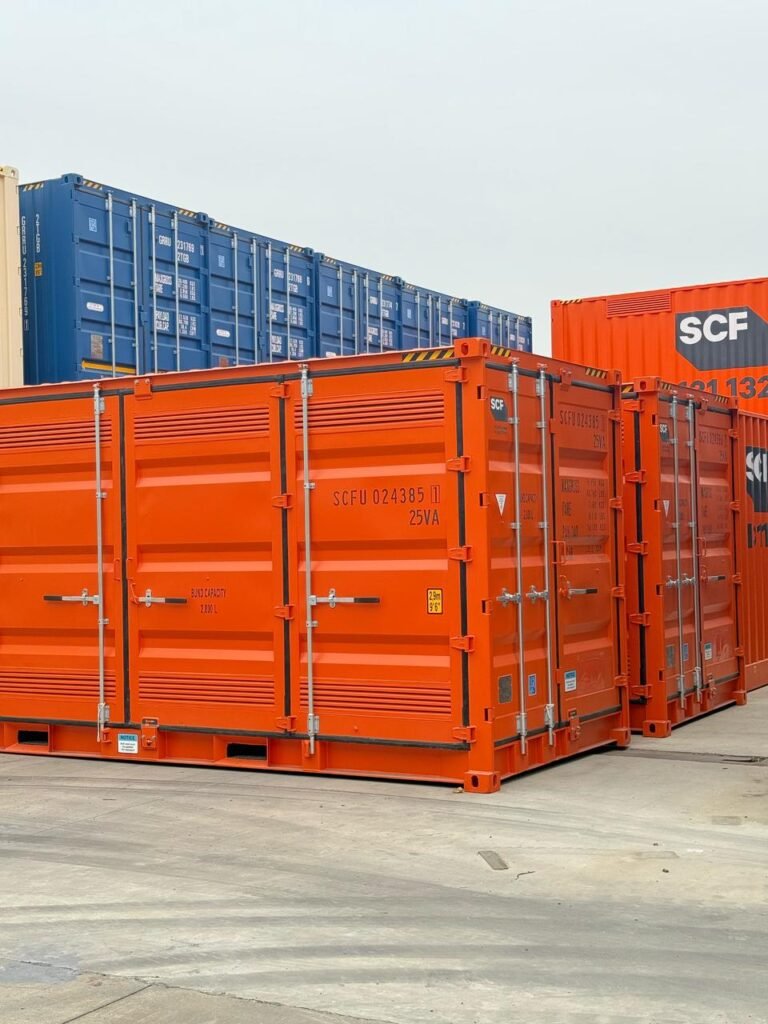Difference Between DNV and ISO Containers?
Shipping containers are essential to global logistics, facilitating the efficient movement of goods across vast distances. Among these, ISO and DNV containers are two primary types, each serving distinct purposes. Understanding their differences is crucial for industries to select the appropriate container for their specific needs.
What are ISO Containers?

Definition & Purpose
ISO (International Organization for Standardization) containers are standardized units designed for seamless intermodal transport across ships, trucks, and trains. They are primarily used for onshore cargo movement, international shipping, and general logistics.
Materials & Build Quality
Constructed from weathering steel, ISO containers are built to withstand various environmental conditions. They are commonly available in 20ft and 40ft sizes, among other variations.
Key Features of ISO Containers
- Gooseneck tunnel: Allows secure stacking and transportation.
- Forklift & grappler pockets: Facilitates handling and movement.
- Corner castings: Enables lifting and securing during transport.
- Reinforced plywood floors: Provides durability for cargo loads.
- Corrugated steel walls & monocoque body: Enhances strength and longevity.
What are DNV Containers?

Definition & Purpose
DNV (Det Norske Veritas) containers are designed for offshore industries, including oil & gas, marine, offshore wind, and energy sectors. They comply with DNV 2.7-1 and EN 12079 certifications, ensuring safe offshore lifting and transport.
Materials & Build Quality
Manufactured according to stringent standards, DNV containers are built to withstand extreme offshore conditions, such as corrosion, impact, and rough handling. They are designed to endure harsh marine environments, including exposure to saltwater, heavy winds, and freezing temperatures.
Key Features of DNV Containers
- Lifting pad eyes: Allows dynamic lifting in offshore conditions.
- DNV-certified lifting slings: Equipped with shackles for secure lifting.
- NDE Testing: Each batch is tested for load-bearing capacity.
- Enhanced structural integrity: Heavier and more robust than ISO containers.
- Standard temperature resistance: Designed to withstand temperatures as low as -20°C.
Key Differences Between ISO and DNV Containers
Why Choose Al Basata?
Industry Expertise
Al Basata specializes in both ISO and DNV containers, providing customized solutions for the oil & gas, marine, offshore wind, and energy sectors. Our expertise ensures that clients receive containers that meet their specific requirements and industry standards.
Fast Delivery
We understand the urgency of offshore projects. Al Basata offers the fastest delivery in the UAE, reducing downtime and ensuring that your operations proceed without unnecessary delays.
Compliance & Quality
Our containers adhere to ISO, DNV, and other relevant certifications, ensuring safety, durability, and compliance with international offshore regulations. We prioritize quality to provide our clients with reliable and robust container solutions.
Customization
Al Basata offers customized solutions, including pressurized containers, offshore workshops, and reefer units, to meet specific project needs. Our customization options ensure that clients receive containers designed to their exact specifications.
Understanding the differences between ISO and DNV containers is essential for selecting the right equipment for your industry needs. While ISO containers are suitable for general cargo transport, DNV containers are specifically designed for the rigorous demands of offshore environments. Al Basata stands as a trusted provider, offering high-quality, certified containers with swift delivery and customization options, ensuring your projects proceed efficiently and safely.
